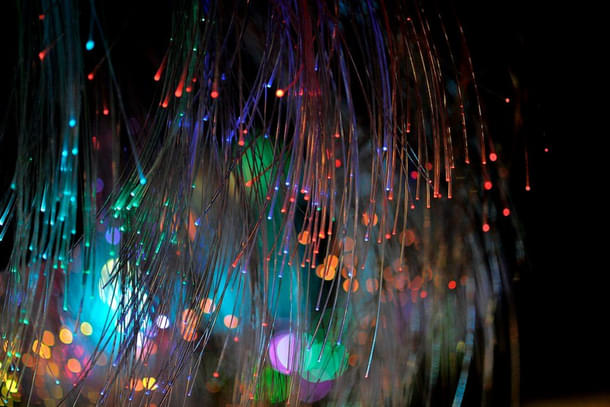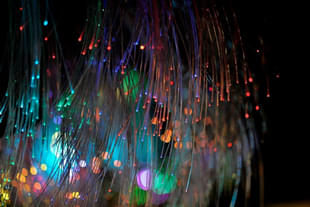News Brief
India Achieves Breakthrough in Quantum Communications With First QKD Transmission Over Multi-Core Fibre
Kuldeep Negi
Apr 18, 2025, 09:20 AM | Updated 09:20 AM IST
Save & read from anywhere!
Bookmark stories for easy access on any device or the Swarajya app.


In a major stride towards secure digital infrastructure, India has successfully demonstrated Quantum Key Distribution (QKD) transmission over a 4-core Multi-Core Fibre (MCF) for the first time, marking a new chapter in the nation’s quantum communication journey.
The test was jointly carried out by the Centre for Development of Telematics (C-DOT) and Sterlite Technologies Limited (STL), showcasing the seamless integration of quantum and classical communication within a single optical fibre.
MCF technology enables parallel data transmission through multiple cores in one fibre, significantly reducing infrastructure and space requirements.
This innovation addresses a key challenge in QKD, which typically requires separate dark fibres for quantum signals.
By using MCF, quantum and classical signals remain physically separated into distinct cores, yet co-exist in the same fibre — offering both performance and cost advantages.
"This allows for the simultaneous transmission of QKD and high-capacity data traffic on a single fibre without compromising quantum signal integrity thereby saving fibre cost," the Ministry of Communications said.
Using one of the four cores to transmit quantum signals and the remaining three for high-speed user data, the experiment maintained a stable QKD link over a span exceeding 100 km — validating quantum integrity even under concurrent classical data loads.
C-DOT has successfully developed and deployed industry-grade Quantum Key Distribution (QKD) systems.
C-DOT’s QKD systems, which form the core of this initiative, have already received technology approval by the Telecommunication Engineering Centre (TEC) under the Ministry of Communications.
STL, a global leader in digital networks, has engineered the MCF using Space Division Multiplexing to scale fibre transmission capacities without increasing physical dimensions.
Dr. Rajkumar Upadhyay, CEO of C-DOT, described the milestone as pivotal for India's telecom ecosystem, stating, “This achievement clearly establishes the feasibility of integrated quantum-classical networks over next-generation optical fibres, saving costs for QKD deployments drastically.”
Echoing this, Rahul Puri, CEO of STL’s Optical Networking Business, said, “This breakthrough collaboration with C-DOT underscores India’s growing prowess in pioneering next-gen digital infrastructure. By successfully integrating QKD with our indigenously developed MCF, we have demonstrated how cutting-edge optical innovations can revolutionize secure communication.”
The ministry said that this achievement is a foundational step toward realising a cost effective, secure and resilient national quantum communication infrastructure.
Kuldeep is Senior Editor (Newsroom) at Swarajya. He tweets at @kaydnegi.





